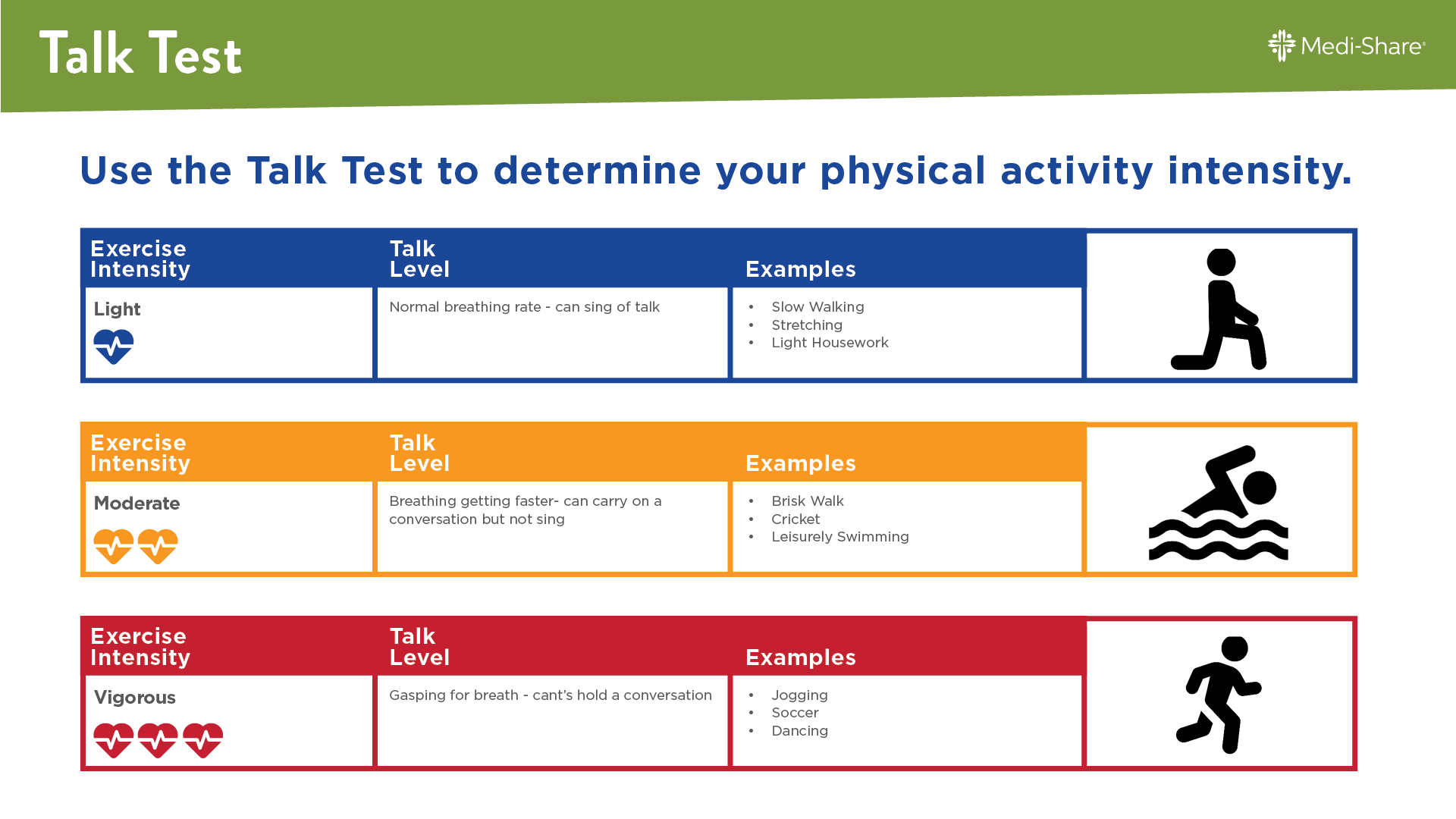By Megan Moore, RDN, LD, CDCES, CPT-ACSM
Fitness tracking watches are the latest, greatest trend these days, and for good reason! Simply wearing a fitness band on your wrist reminds you to make healthy choices, motivates you to reach your daily step goals, and helps you to track your progress over time.
Research has shown that the more steps you take in a day, the better! When people get a new fitness tracker, one very common question is how many steps per day should I aim for to lose weight?
This is a great question, and several variables come into play when determining your personal step goal. The first thing that needs to be determined is your starting point. How many steps are you currently taking on average per day? This number will serve as your “baseline.”
Then you will want to gradually add 500 additional steps per day and continue to increase your step goal each week until you achieve your weight loss per week goal. One to two pounds weight loss per week is an excellent rate.

Start out by walking a little more than you normally do each day until you reach 60 minutes of moderate-intensity exercise five or more days per week. The American College of Sports Medicine (ACSM) recommends 200-300 minutes of exercise per week to achieve weight loss.
Now, that’s the math in a perfect world; but of course, there are more variables to consider as well:
- The intensity of your exercise: speed, resistance, incline
- Nutrition and calorie intake
- Sedentary time versus active time
- Additional strength training sessions
Let’s breakdown each of these four variables for more clarity.
The intensity of your exercise
What is “moderate-intensity” exercise, exactly? Moderate-intensity means you are elevating your heart rate to 40-60% of your maximum heart rate. The most accurate way to measure this is with a heart rate monitor, but the “talk test” is also an excellent and practical way to evaluate your intensity.

You can add intensity to your workout by walking faster or jogging, holding hand weights, climbing a hill or incline, or doing speed intervals where you alternate walking and running.
Nutrition and calorie intake
Of course, a critical part of the weight loss equation is your nutrition plan. A good nutrition plan considers the type of foods you eat, the amount you eat, and the time in which you eat.
Research has shown that a plant-based diet centered on whole foods (just the way God made them!) is the healthiest and most nutrient-dense diet. Colorful vegetables, fruits, beans, nuts, and seeds are a great foundation.
Although you can eat a large volume of raw vegetables and fruits (which is one reason it is so great to include them), your total caloric intake does need to be considered in order to lose weight. Just as we discussed with your step goal, you may want to start by tracking your total calories for a few days to see what your “baseline” intake is, and then subtract about 250 to 500 calories from that number.
Women should generally not eat under 1200 calories per day, and men should generally not eat below 1700 calories per day in order to avoid significant muscle mass loss.
It is best to spread your calories out evenly across the day, rather than eat one or two extra-large meals. This pattern keeps your blood sugar steady and your metabolism cranking!
Sedentary time versus active time
Another element your fitness device may track is “active minutes.” This is the total number of minutes you were actively moving throughout the day. Studies have shown that sitting for long stretches at a time is very detrimental to your long-term health. Some fitness watches buzz at you every hour to remind you to get up and move around.
The point is that it is important to sit less and move more in general all throughout the day, and wearing a fitness device is a great way to keep you inspired to do just that!
Additional strength training sessions
As you continue to build muscle mass, you will actually increase your resting metabolic rate. This is key for long-term weight management! The ACSM recommends adults do muscle-strengthening activities of moderate or greater intensity that involve all major muscle groups on two or more days a week, as these activities provide additional health benefits beyond cardiovascular fitness. See our Fitness Myth Busters blog for more in depth information on this topic.

Measuring daily step counts through a fitness tracker is an easy and accessible way to set and monitor your personal step goal.
A recent publication in ACSM’s journal, Medicine & Science in Sports & Exercise, titled “Daily Step Counts for Measuring Physical Activity Exposure and Its Relation to Health” identified 11 studies that evaluated the relationship between daily step counts and all-cause mortality, cardiovascular disease morality, incident cardiovascular disease, and type 2 diabetes mellitus.
The research found that with each increment of 2,000 steps per day up to 10,000 steps was associated with a 10% lower cardiovascular event rate. Similarly, for every increase of 2,000 steps over baseline, there was an 8% yearly reduction in cardiovascular event rate in participants with pre-diabetes.
In the United States, the average number of steps accrued daily is approximately 4,800.
So, whether the next goal is somewhere in the range of 7,000 to 9,000 for those just starting out, or over 12,500 for more active people, let’s keep walking and pushing the limits to see weight loss and better health results!
References:






